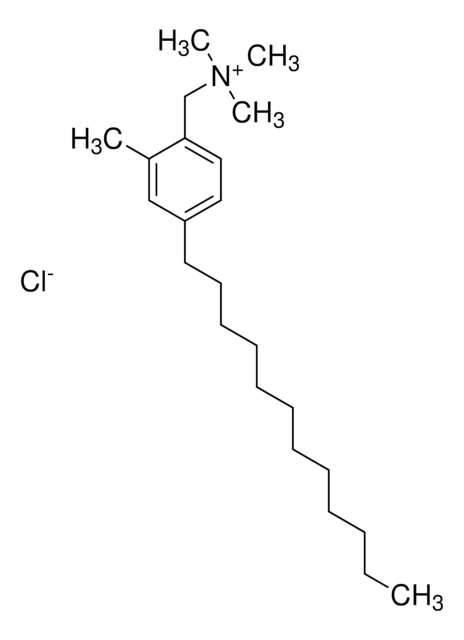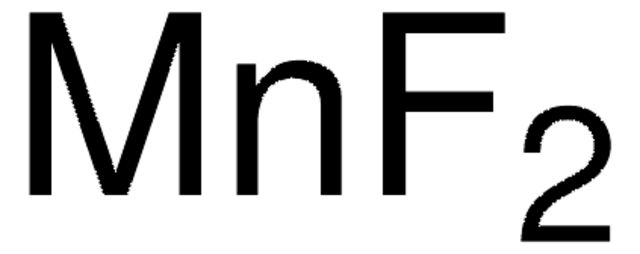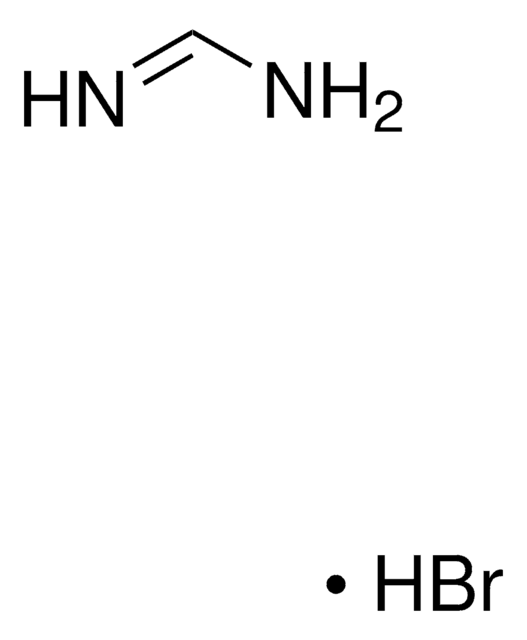793833
Methylammonium triiodoplumbate(II) precursor solution
40 wt. % in DMF
Synonym(e):
Methanamine, triiodoplumbate(1−), Methylamine triiodoplumbate(1−), Methylammonium triiodoplumbate(1−), Plumbate(1−), triiodo-, hydrogen, compound with methanamine (1:1)
About This Item
Empfohlene Produkte
Form
solution
Grünere Alternativprodukt-Eigenschaften
Design for Energy Efficiency
Learn more about the Principles of Green Chemistry.
sustainability
Greener Alternative Product
Konzentration
40 wt. % in DMF
Brechungsindex
n20/D 1.520
Dichte
1.368 g/mL at 25 °C
λmax
321 nm
Grünere Alternativprodukt-Kategorie
, Enabling
Anwendung
Signalwort
Danger
Gefahreneinstufungen
Acute Tox. 4 Inhalation - Acute Tox. 4 Oral - Aquatic Acute 1 - Aquatic Chronic 1 - Eye Irrit. 2 - Repr. 1A - STOT RE 2
Lagerklassenschlüssel
6.1C - Combustible acute toxic Cat.3 / toxic compounds or compounds which causing chronic effects
WGK
WGK 3
Flammpunkt (°F)
141.0 °F
Flammpunkt (°C)
60.56 °C
Hier finden Sie alle aktuellen Versionen:
Analysenzertifikate (COA)
Die passende Version wird nicht angezeigt?
Wenn Sie eine bestimmte Version benötigen, können Sie anhand der Lot- oder Chargennummer nach einem spezifischen Zertifikat suchen.
Besitzen Sie dieses Produkt bereits?
In der Dokumentenbibliothek finden Sie die Dokumentation zu den Produkten, die Sie kürzlich erworben haben.
Kunden haben sich ebenfalls angesehen
Artikel
Solar panels for homes and businesses have seen a rise in demand over the past few years as we move toward more environment-friendly and sustainable energy sources. In 2010, the average power from solar was just 5.0 GWh/d and the Energy Information Administration (EIA) expects this to be 90 GWh/d in 2016.
Colloidal quantum dots (CQDs) are semiconducting crystals of only a few nanometers (ca. 2–12 nm) coated with ligand/surfactant molecules to help prevent agglomeration.
The past several decades have seen major advancements in the synthesis of metal nanomaterials. Most recently, controlled synthesis has become versatile enough to regulate the exact number of atoms and ligands of very small metal nanoparticles, referred to as “clusters”.
The past several decades have seen major advancements in the synthesis of metal nanomaterials. Most recently, controlled synthesis has become versatile enough to regulate the exact number of atoms and ligands of very small metal nanoparticles, referred to as “clusters”.
Unser Team von Wissenschaftlern verfügt über Erfahrung in allen Forschungsbereichen einschließlich Life Science, Materialwissenschaften, chemischer Synthese, Chromatographie, Analytik und vielen mehr..
Setzen Sie sich mit dem technischen Dienst in Verbindung.















